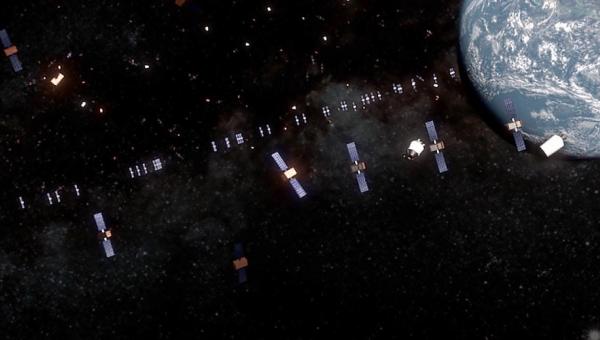Swiss drones are flying high
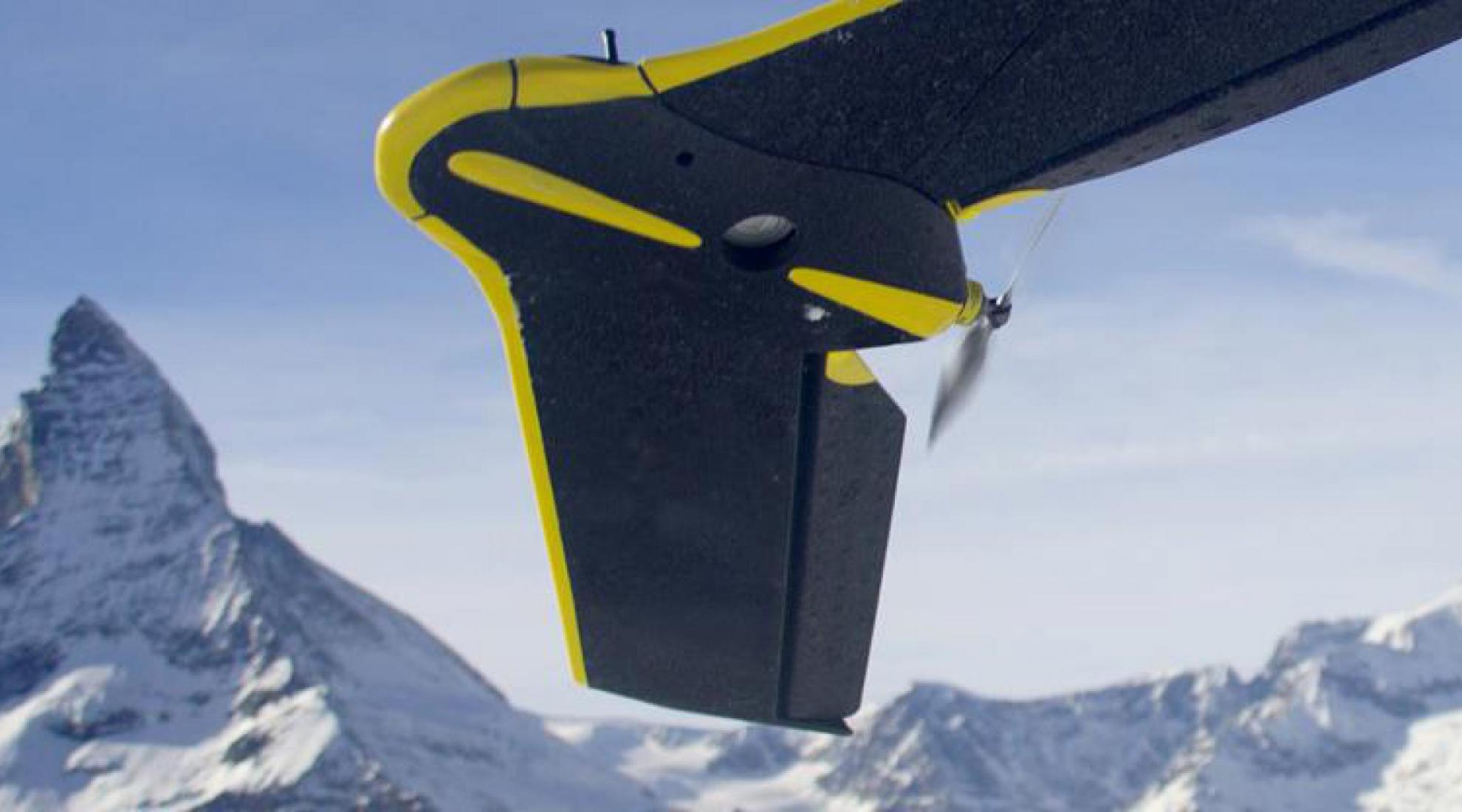
Swiss industry is at the forefront of unmanned aerial vehicles for commercial use. Here are some examples of highly innovative Swiss firms.
Swiss drones are everywhere – from agriculture to journalism, from the mining industry to the humanitarian sphere. In a report published in February 2016, the Federal Office of Civil Aviation (FOCA) notes that Swiss companies specialise in sophisticated civilian drones and high performance, complex systems.
What accounts for Switzerland's strength in this area? Strong collaboration between the authorities and industry through the Swiss U-Space Implementation (SUSI) partnership, expertise in robotics and microsystems, and close ties between research and industry. The two Swiss federal institutes of technology – in Lausanne (EPFL) and Zurich (ETH Zurich) – have indeed produced most of the start-ups.
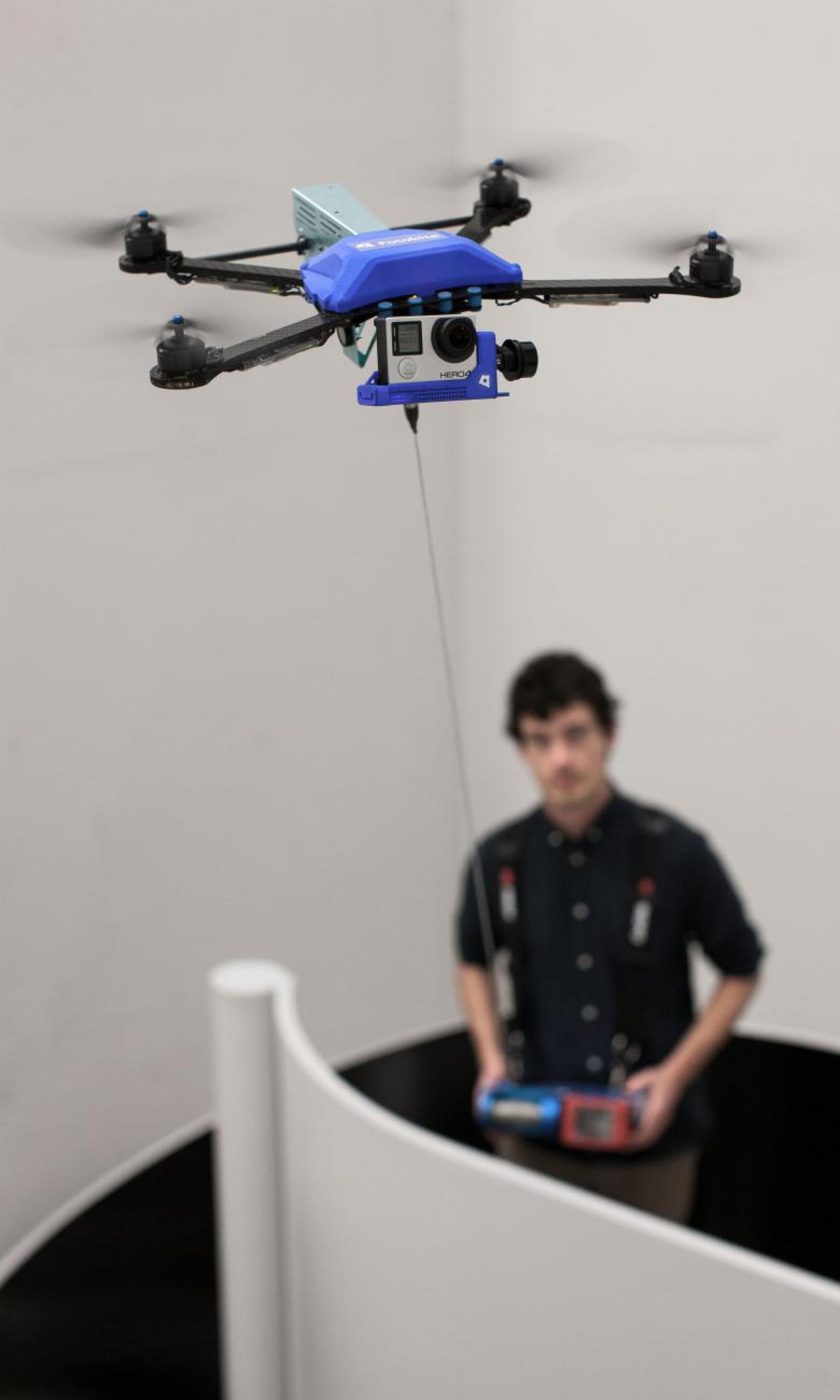
Political support
The National Centre of Competence in Research (NCCR) Robotics, which is funded by the Swiss National Science Foundation, also plays an important role. NCCR Robotics was created in 2010 to promote the robotics industry in Switzerland. It brings together some 20 professors, more than a hundred researchers and four universities – including the EPFL and ETH Zurich – and it awards innovation grants.
Between entrepreneurship funds, competitions and venture capital, there are numerous ways for start-ups to fund their first phase. "The second stage of financing is a challenge," according to Igor Ivanov, co-founder of Gamaya (see the company descriptions below). "Switzerland is a great environment, with a lot of talented people," adds Ivanov, who is from Russia and studied in St Gallen.
Company descriptions
Gamaya – Lausanne, 2015
Did you know it was possible to identify various characteristics of plants by how they reflect light? This is what Gamaya, an EPFL start-up, does. A hyperspectral camera mounted on a drone takes pictures of crops, which are then analysed and processed, providing farmers with information on diseases, pests, weeds and plant growth. Gamaya has just raised 3.2 million dollars and is mainly targeting the huge Brazilian market.
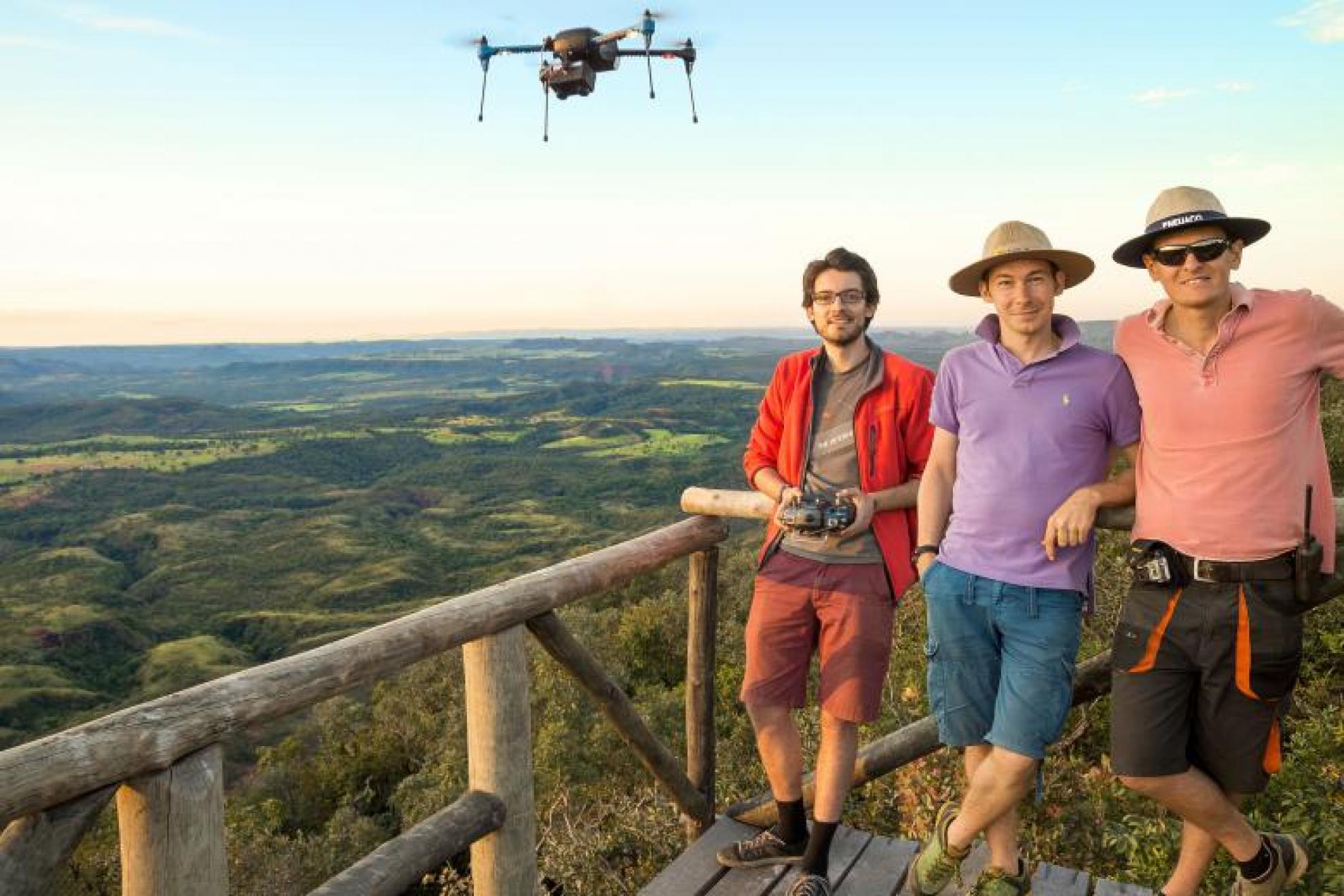
Gamaya’s founders (from left to right: Dragos Constantin, Igor Ivanov and Yosef Akhtman)
Flyability – Lausanne, 2014
Flyability’s drone, which is surrounded by a shockproof protective frame, can inspect and explore the most hostile environments, from glacier crevasses to petroleum tanks. It is particularly well suited for humanitarian purposes. Flyability, a spin-off of the EPFL and NCCR Robotics, won the 2015 Drones for Good competition held in Dubai and its one million dollar purse. It also raised 2.5 million francs and is working with several of the world’s largest industrial groups.
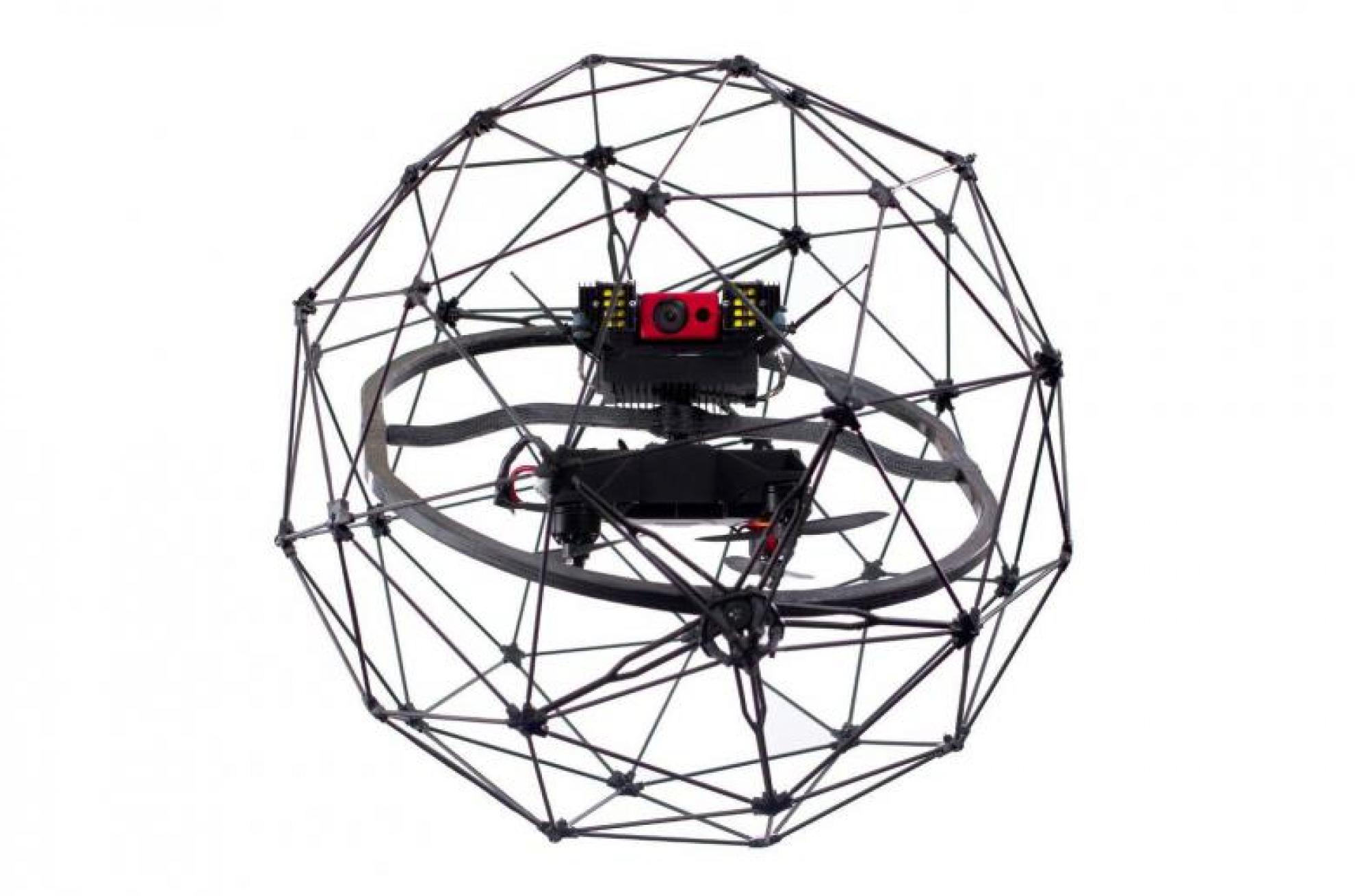
Thanks to its collision-tolerant frame, Flyability’s Elios drone can fly anywhere safely
RigiTech – Prilly, 2018
RigiTech's Swiss technology is reshaping logistics. Its Air Bridge solution enables rapid, flexible, direct aerial drone deliveries with no CO2 emissions. The drones can carry 2kg packages over a range of 80km, taking off vertically and landing in a small space. RigiTech is one of the first companies to perform long-range deliveries of healthcare materials in Europe.
Fotokite – Zurich, 2014
Fotokite, a spin-off of the EPFZ and NCCR Robotics, has developed a quadcopter that follows its owner around on a special leash. Sergei Lupashin, who received his PhD from the EPFZ, wanted to create a drone capable of easily and safely filming large groups of people. The idea came to him from watching opposition demonstrations in Russia. The Fotokite Phi is meant for the general public, while the significantly more expensive Pro version offers Full HD feedback and can fly non-stop thanks to its power tether. Both drones use GoPro cameras.
Voliro - Zurich, 2019
Voliro develops advanced aerial robots to perform inspection and maintenance tasks more safely, cost-effectively and faster than traditional methods. With its tiltable rotor system, the Voliro T flying robot extends the capabilities of service drones from ‘flying and seeing’ to ‘flying, seeing and touching.’ It can be equipped with a variety of useful payloads, such as non-destructive test sensors. The drone's unique 360° design means it can inspect curved and sloping surfaces. Voliro is an ETHZ Zurich spin-off and a Wyss Zurich project.
senseFly – Lausanne, 2009
senseFly is the flagship of the Swiss drone industry. The company makes ultra-light and easy-to-use drones for mapping purposes. It was started at the EPFL and employs over a hundred people. Its products are used in surveillance, agriculture, the humanitarian sphere and industrial inspection. Like Pix4D, senseFly is majority-owned by Parrot.



